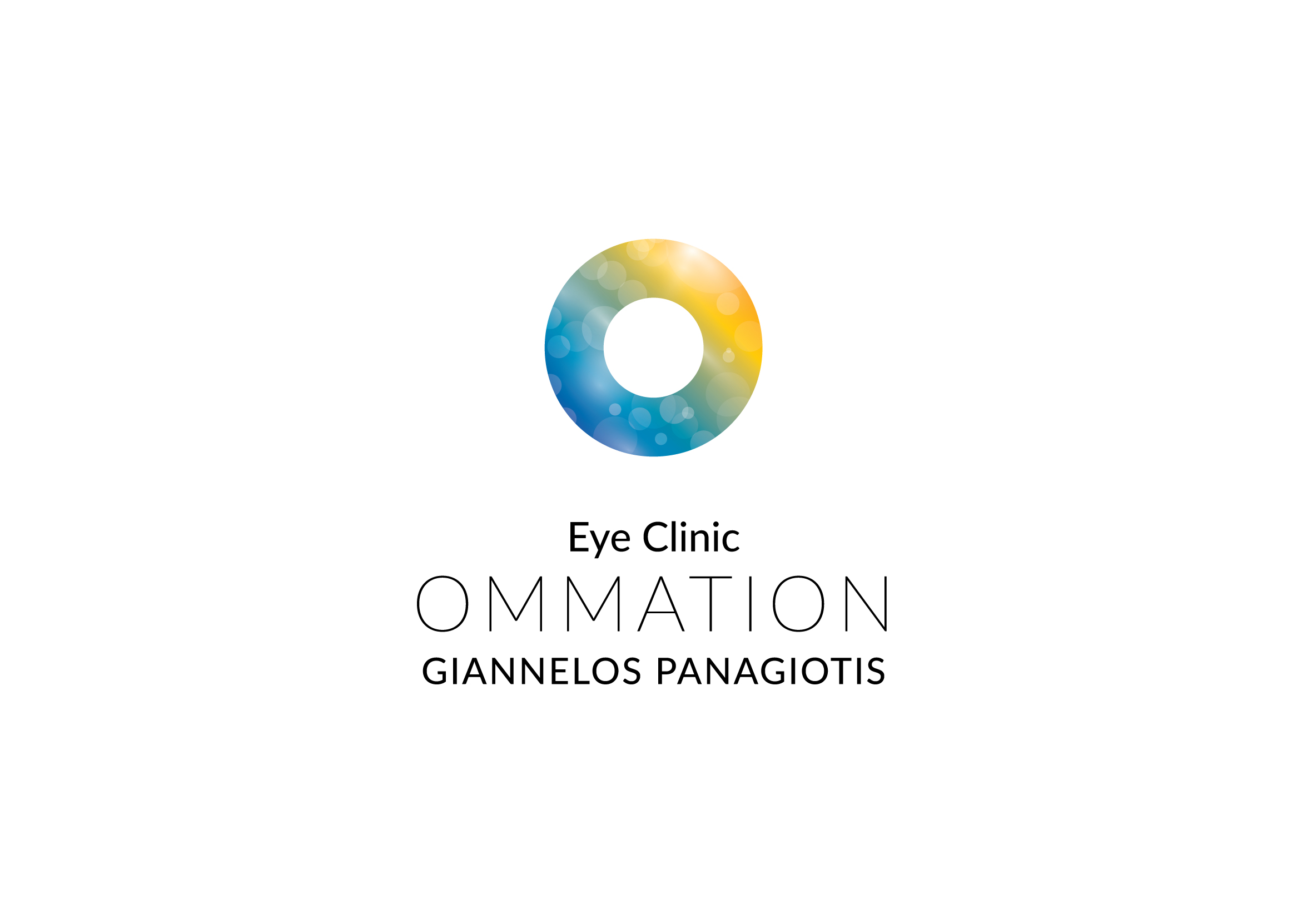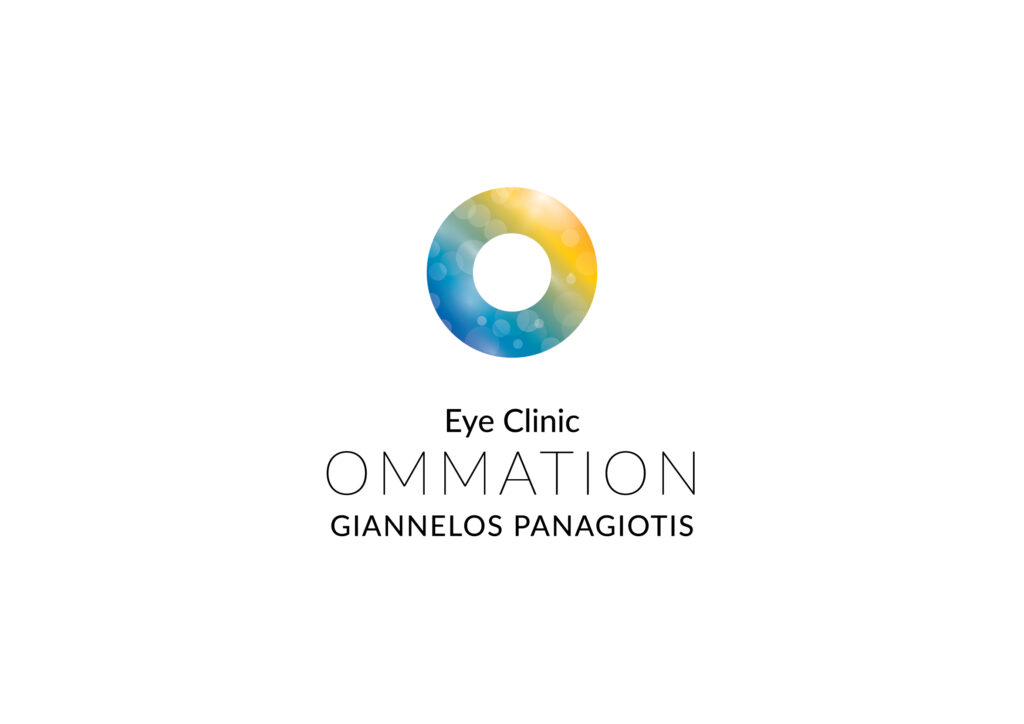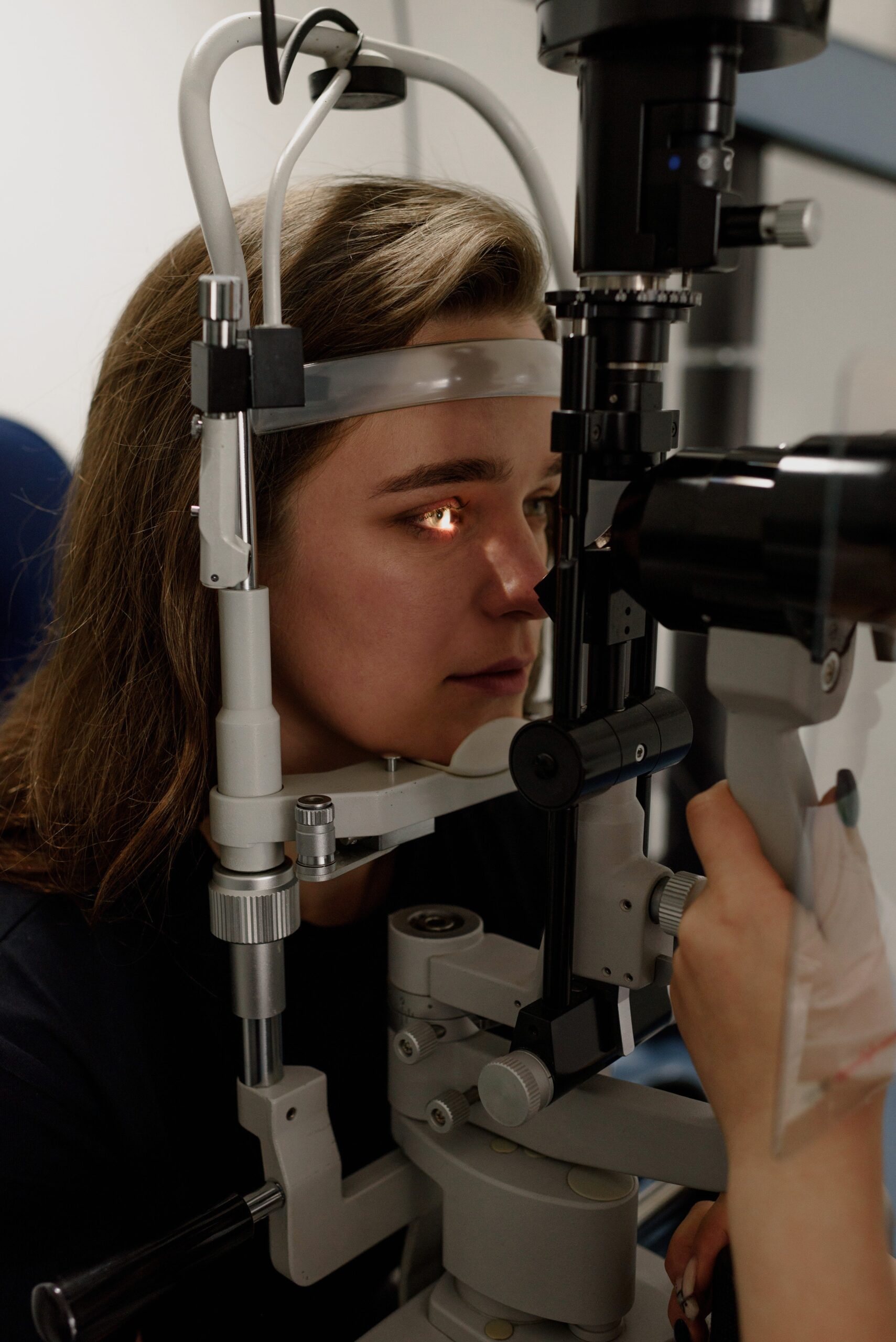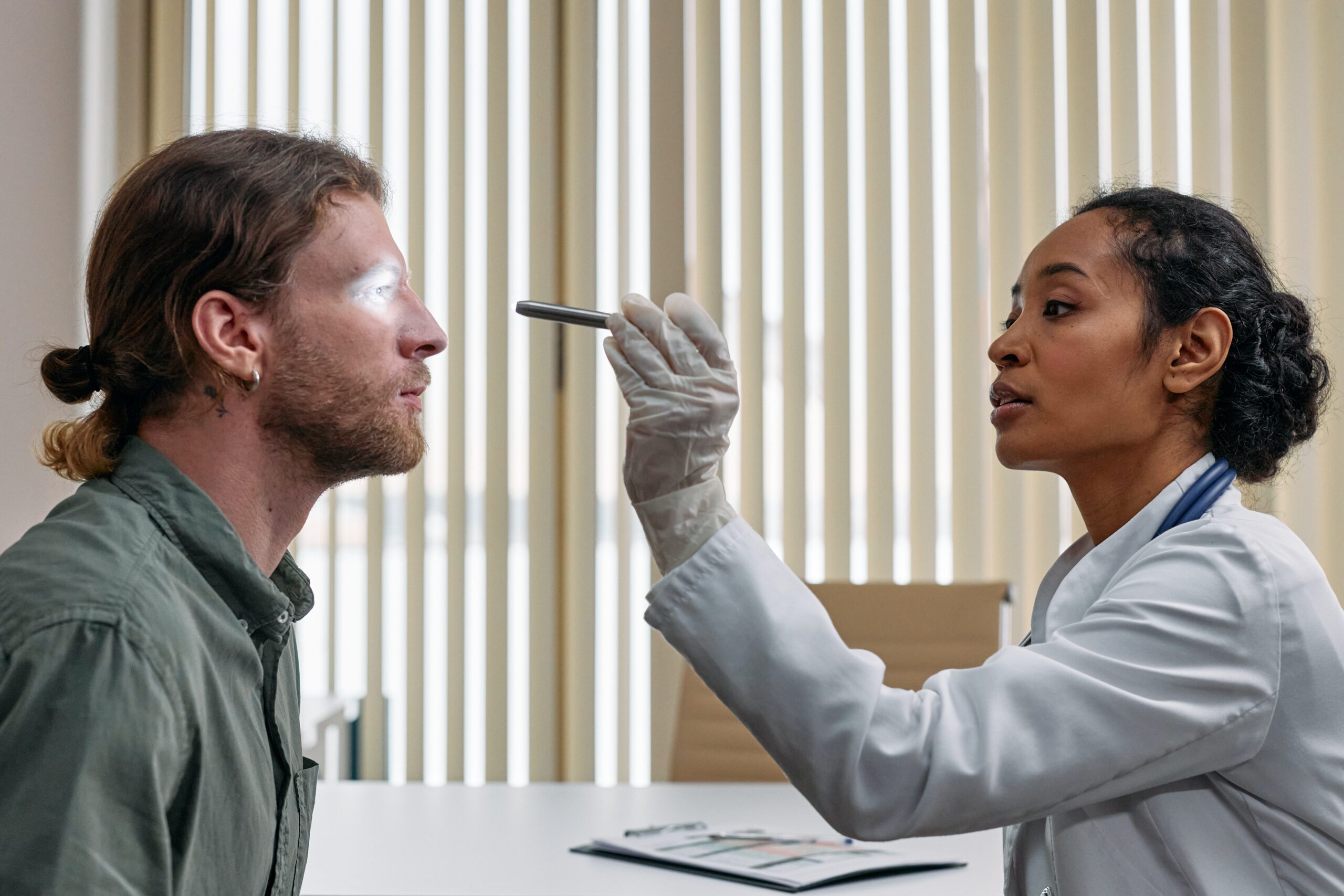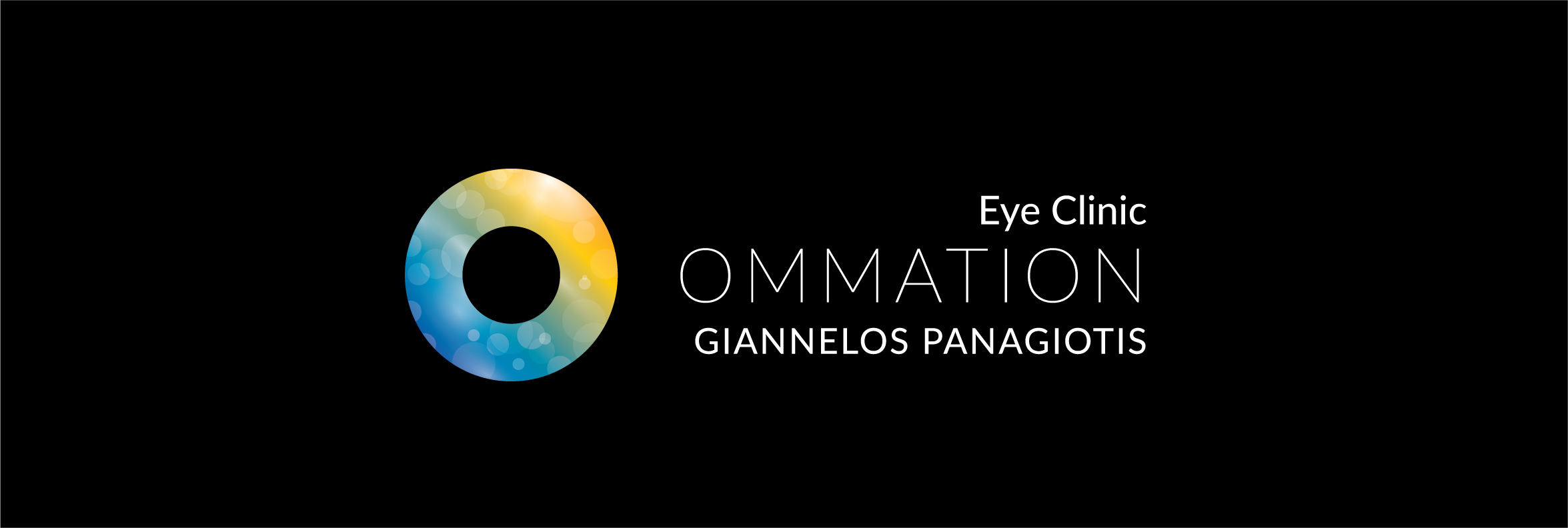Dry eye is a condition of the ocular surface. Various conditions lead the eyes to not produce enough tears or the right quality of tears.
Many people living with dry eyes feel dissatisfied with their treatment, according to a new study.
The Health Union asked 415 Americans with chronic dry eye about their experience in managing the condition, and the survey results are as follows.
Nearly half of patients with dry eye said they had received treatment, but only 13% experienced permanent relief.
Most say that over-the-counter eye drops alone do not provide adequate relief.
Home remedies include consuming extra water during the day (reported by 76%), using a warm compress (56%), frequent blinking (52%), avoiding cigarettes and passive smoke (45%) ) and meticulous eye make-up removal (34%).
Almost half of the respondents feel that their social environment does not perceive the discomfort they have.
The survey also showed symptoms such as dryness (76%), foreign body sensation (64%), eye fatigue (62%), light sensitivity (62%) and blurred vision (60%), as well as burning and itching.
Dry eye interferes with many aspects of daily life, including driving at night (56%), reading (42%), computer use (34%) and watching TV (24%).
“Ocular surface disease is very complex with many subtypes and overlapping symptoms. “Achieving a correct diagnosis requires specialization and can take time,” says Christopher Starr, MD, an associate professor of dry ophthalmology at Weill Cornell Medical Center.
Allergic conjunctivitis, blepharitis, meibomian gland dysfunction, corneal dystrophies and toxicity to drugs or cosmetics are just some of the many conditions that can be mistakenly referred to as dry eye, says Starr. While artificial tears can provide temporary relief in many of these cases, they do not address the underlying causes.
“People who are frustrated should not give up. “There are a growing number of diagnostic tools to identify the underlying problems and a growing number of treatments to treat them.”
Treating dry eye is difficult, but not impossible
There are many treatment options today.
Your ophthalmologist may suggest:
Lifestyle, environmental and dietary changes
Topical medicines or pills that prevent inflammation and infection
Devices and / or special contact lenses.
Many interesting treatments for ocular surface diseases are expected to be available within the next 1 to 3 years.
Source American Academy of Ophthalmology (aao.org)
